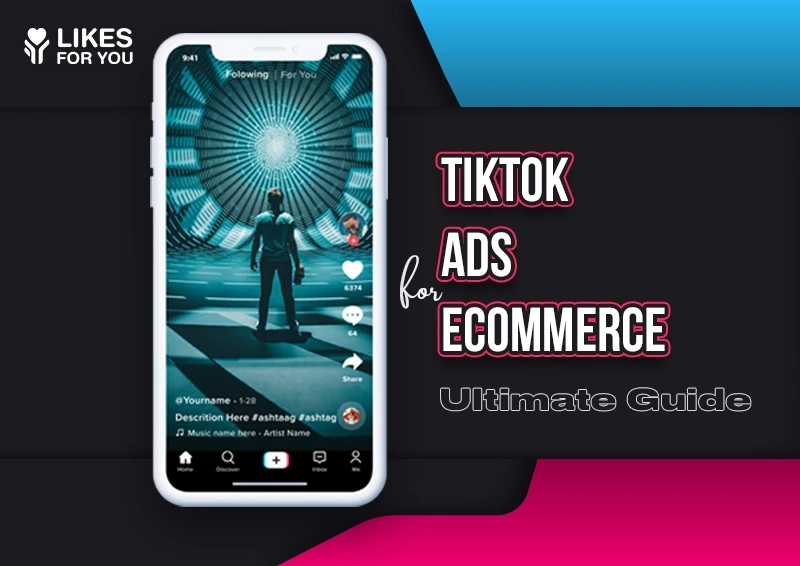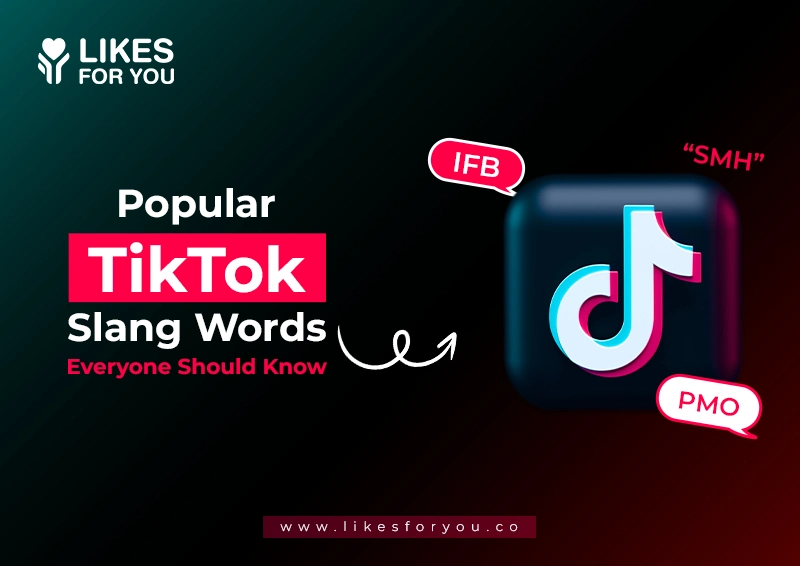
TikTok has rapidly become a central platform for e-commerce growth, revolutionizing how businesses engage with consumers. While e-commerce itself isn’t new, the evolving digital landscape has allowed TikTok to shape this space significantly. The platform’s unique, engaging content format offers brands the perfect environment to reach their target audience.
TikTok ads, in particular, have become a vital tool for e-commerce stores, offering impressive results in both brand awareness and sales. Businesses are leveraging TikTok’s vast reach and creative ad formats to drive conversions and boost revenue.
This guide will explore how TikTok ads can be effectively used to grow your e-commerce business, offering insights and strategies for success in the modern digital marketplace.
Tiktok ads are promotional content that basically seems like organic content and helps to attract your targeted audience to your service or product. The only purpose is to promote your service or product. These ads are created in such a way that they should look organic and should seamlessly blend with the short video format.
According to reports, this platform has crossed 1.5 billion monthly active users. With such a big active user base, businesses can't ignore TikTok ads in 2025. This provides the best opportunity for businesses to boost their market presence. If your product or service is more oriented toward Generation Z, TikTok advertising is the best option for you. The types of TikTok ads, its reach, and engagement have made it a go-to option for business and provide a lot of opportunities.
Here are the main types of TikTok ads:
These are the most common type of TikTok ad. They appear directly in users' feeds and are indistinguishable from organic content.
These encourage users to create and share content using a branded hashtag. They can be a great way to generate user-generated content and increase brand awareness.
These are branded AR effects, stickers, or filters that users can use in their videos. They can be a fun and engaging way to interact with users.
These are static images that appear in users' feeds. They are less common than in-feed videos but can be effective for certain campaigns.
These are full-screen video ads that appear before users scroll through their feeds. They are a premium ad format that guarantees high visibility.
These are full-screen video ads that appear on the Discover page. They are a great way to reach users who are actively searching for new content.
Each type of TikTok ad has its own advantages and disadvantages, so it's important to choose the right format for your campaign. Before stepping into TikTok ads, you have to set your priorities and sort out your requirements. After setting your priorities, run your ads accordingly.
Here are the simple steps through which effective TikTok ads can be created.
Before running any ad, you have to sign up for a TikTok business account. Personnel accounts can easily be changed into business accounts. Business accounts provide access to different analytics that can help you gauge the performance of your account. Your ad manager can easily be accessed through a business account.
The next step is to set up your ad campaign. In this step, you have to set up your communication, whether you just want to increase visibility, want sales, want views, want followers, or whatever you want. The purpose of the ad campaign will be highly specific to your business targets or your personal goals. This is very important to achieve the desired results.
The next step is to define your targeted audience. To reach the targeted audience is the ultimate target, and before reaching any target, it is important to define the endpoint. The same is the case here. You have to define your targeted audience; either you want to reach males, younger audiences, older audiences, or whatever you want. Defining your target audience is crucial, as it offers the opportunity to grow your TikTok followers.
This is a crucial step for the success of your TikTok ad, as the format you choose plays a significant role in the effectiveness of your campaign. Your content should align with the selected format. A detailed overview of all TikTok ad formats is provided earlier in this guide.
This step is a game-changer and can make or break your marketing strategy. The visual appeal of the ad is crucial. Create visually engaging ads to capture people's attention and interest in what you're selling. Be creative in your approach and design highly engaging ads.
The next step is to define your budget. Your budget is in your hands, and you can run a budget according to your budget. Every business has its own budget, and ads can be run according to that. You can break ads into days, weeks, months, or even years, but it totally depends on you.
Finally, launch the ad and start monitoring its performance. Analyzing the ad's performance will show whether it aligns with your goals. Use analytics tools to track metrics like impressions, clicks, and conversions. This will not only help you assess the success of your current ads but also guide you in making improvements for future TikTok ad campaigns.
TikTok collects a variety of information about its users to personalize content, improve the platform, and deliver targeted ads. This data can be categorized into several types:
Some user-provided information is used by TikTok, which helps make your ads more personalized. It also aids in reaching your target audience effectively through TikTok.
Location data is important in the sense that location is always an important target in your ads. You need to be discovered by the right adviser in order to get the best results.
Partner Data: Information shared by third-party partners, such as advertisers and analytics providers.
It's important to note that TikTok's data collection practices may vary depending on your location and local laws.
To conclude, it can be said that TikTok ads are really important for e-commerce success. You have to follow certain steps to take your TikTok ad journey to the next level. If you ignore any of the steps, it can cause a negative impact on your TikTok growth. It is very clear that TikTok ads in 2024 have taken e-commerce to the next level, and you have to utilize TikTok ads properly.

Inez Nevaeh
Inez Nevaeh is an author with a passion for social media growth. She specializes in creating engaging content and expert guides for social media success. Skilled in translating complex algorithms into actionable strategies, building striking online presences, and empowering creators to thrive. Inspired by a mission to make social growth accessible and easy.

TikTok has quickly evolved from a niche-specific video app platform into a global cultural and lingu...

It is a worthy fact that TikTok’s algorithm prioritizes videos that keep users on the platform...